 Last month, my office invited a panel of insurance professionals to discuss the volatility of the Homeowner’s Insurance (HOI) market so we could learn the latest to best inform our clients. In the wake of several natural disasters, the LA Fires is one of the most recent, HOI companies have become much more scrutinous and expensive. The increase in natural disasters such as flooding, wildfires, hurricanes, earthquakes, landslides, tornadoes, and extreme cold snaps have accelerated losses and depleted their recovery funds. This has caused carriers to increase premiums, limit coverage, and, in some cases, cancel policies.
Last month, my office invited a panel of insurance professionals to discuss the volatility of the Homeowner’s Insurance (HOI) market so we could learn the latest to best inform our clients. In the wake of several natural disasters, the LA Fires is one of the most recent, HOI companies have become much more scrutinous and expensive. The increase in natural disasters such as flooding, wildfires, hurricanes, earthquakes, landslides, tornadoes, and extreme cold snaps have accelerated losses and depleted their recovery funds. This has caused carriers to increase premiums, limit coverage, and, in some cases, cancel policies.
Hearing of the neighborhoods in the Palisades Fires that were canceled or not renewed by their carriers just weeks before the fires, motivated us to want to learn more to help educate our clients so they are equipped to be protected. After all, we help people secure their most significant asset; we want to empower them to protect it adequately as well. On the evening of May 7th at 6:30 pm, my office is hosting a virtual webinar event for our clients featuring the same panel of insurance professionals (see the link below to register; registration closes on May 4th). There will be two insurance brokers and one captive company agent from Allstate who will spend an hour answering questions about the current market.

For an hour, they will be led by a moderator to provide tips to ensure you are properly insured, highlight what to look for in your carrier’s contracts, explain which riders to a contract are most effective, and go over when it is appropriate to make an HOI claim and when you should not. All of this will help educate homeowners so they are empowered to make informed decisions about their coverage and costs and hopefully not find themselves in a situation like the victims of the LA Fires. We will then open it up for 30 minutes of Q&A and provide follow-up materials. I hope you can make it! Registering is easy with the link below, and you can also contact me directly to talk about the event and the topic overall.
In the meantime, here are a few things you can do now to evaluate your current coverage:
- Make an appointment with your insurance agent/broker to review your policy. This should be done annually.
- Reevaluate your policy after making any upgrades to your home.
- Add an inflation endorsement to your policy.
- Build a relationship with your agent/broker.
Here are a few important elements to focus on to ensure adequate coverage:
- Replacement Cost Value (RCV): The amount of money needed to repair your home at today’s prices of building supplies or to replace your belongings at today’s cost of a similar or like item. It is important to discuss replacement costs with your insurance agent/broker when purchasing your policy. This is the figure that dictates the completeness of your coverage.
- The cheapest policy is not always the best policy. Often, the most inexpensive policies lack the coverage you desire. Make sure to dig deep into the details and evaluate your RVC and deductible.
- What exclusions are in your policy contract? You don’t want to find out after making a claim that you are not covered because of an exclusion. You may need to add specific riders to expand your coverage.
- Be aware of what activities would void your coverage. For example, leaving your home vacant for more than 30 days often voids coverage without a vacancy rider. Snowbirds who winter in the sunshine should be keenly aware of this.
- Understand the balance between your deductible and a claim amount. Making a claim could increase your premium or even get you canceled. Analyzing the impact of a claim and weighing the cost/benefit is key. If you can afford to pay for the repair on your own, it might make sense not to make the claim.
- If you are a renter or own a condo, what policies should you have to protect your belongings? Renters need a renter’s policy to cover their personal belongings should something happen to the structure such as a fire. Additionally, condominium associations have a master policy that covers common areas and exterior elements. Condo owners should have personal policies to cover what the master policy doesn’t cover, along with their personal belongings.
These are just a few things to get you started on an HOI audit. If you need any referrals to reputable insurance agents or brokers, please let me know. While HOI is not my direct area of expertise, I’m happy to connect you with professionals to help you better. I hope you can attend the virtual panel event on May 7th so you can learn even more. It will provide you with useful insights and create value for your investment. It is always my goal to help you stay informed about the value of your home, market trends, and how to protect your home. You can click on the link below to register or reach out to me directly and I will get you the link to attend.

You’re invited to our annual Paper Shredding Event & Food Drive. We partner with Confidential Data Disposal to provide a safe, eco-friendly way to reduce your paper trail and help prevent identity theft.
Saturday, April 19th, 10AM to 2PM (or until the trucks are full)
4211 Alderwood Mall Blvd, Lynnwood
Bring your sensitive documents to be professionally destroyed on-site. Limit 10 file boxes per visitor.
We will also be collecting non-perishable food and cash donations to benefit Volunteers of America Western Washington food banks. Donations are not required, but are appreciated. Hope to see you there!
>> This is a paper-only event. No x-rays, electronics, recyclables, or any other materials.
 Facebook
Facebook
 X
X
 Pinterest
Pinterest
 Copy Link
Copy Link



 As we start a new year, I am often asked where home prices are headed. While I don’t have a crystal ball, I study the market trends and activity closely. Many aspects affect home prices, such as the overall economy’s health, inventory levels (supply & demand), and interest rates. Seasonality is also a pattern I pay close attention to, and we are headed into the time of year when we see most of the annual price growth happen. As we prepare for the Spring market, I have pulled some data that shows the seasonal patterns and the impact interest rates have had on prices, and long-term equity growth.
As we start a new year, I am often asked where home prices are headed. While I don’t have a crystal ball, I study the market trends and activity closely. Many aspects affect home prices, such as the overall economy’s health, inventory levels (supply & demand), and interest rates. Seasonality is also a pattern I pay close attention to, and we are headed into the time of year when we see most of the annual price growth happen. As we prepare for the Spring market, I have pulled some data that shows the seasonal patterns and the impact interest rates have had on prices, and long-term equity growth.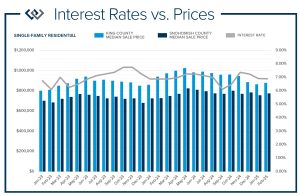
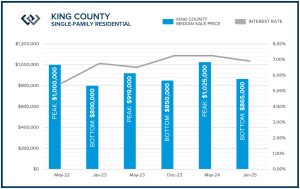
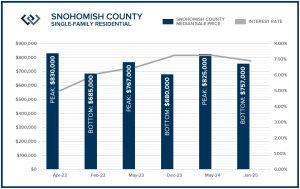
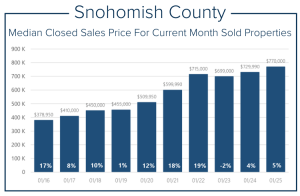
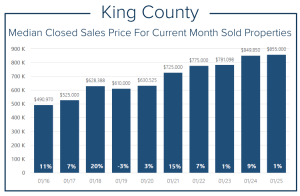
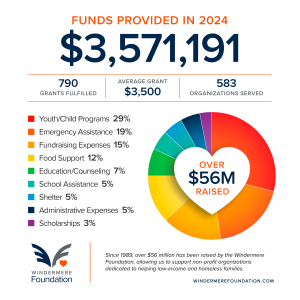

 On January 22, my office hosted renowned economist and housing market specialist
On January 22, my office hosted renowned economist and housing market specialist 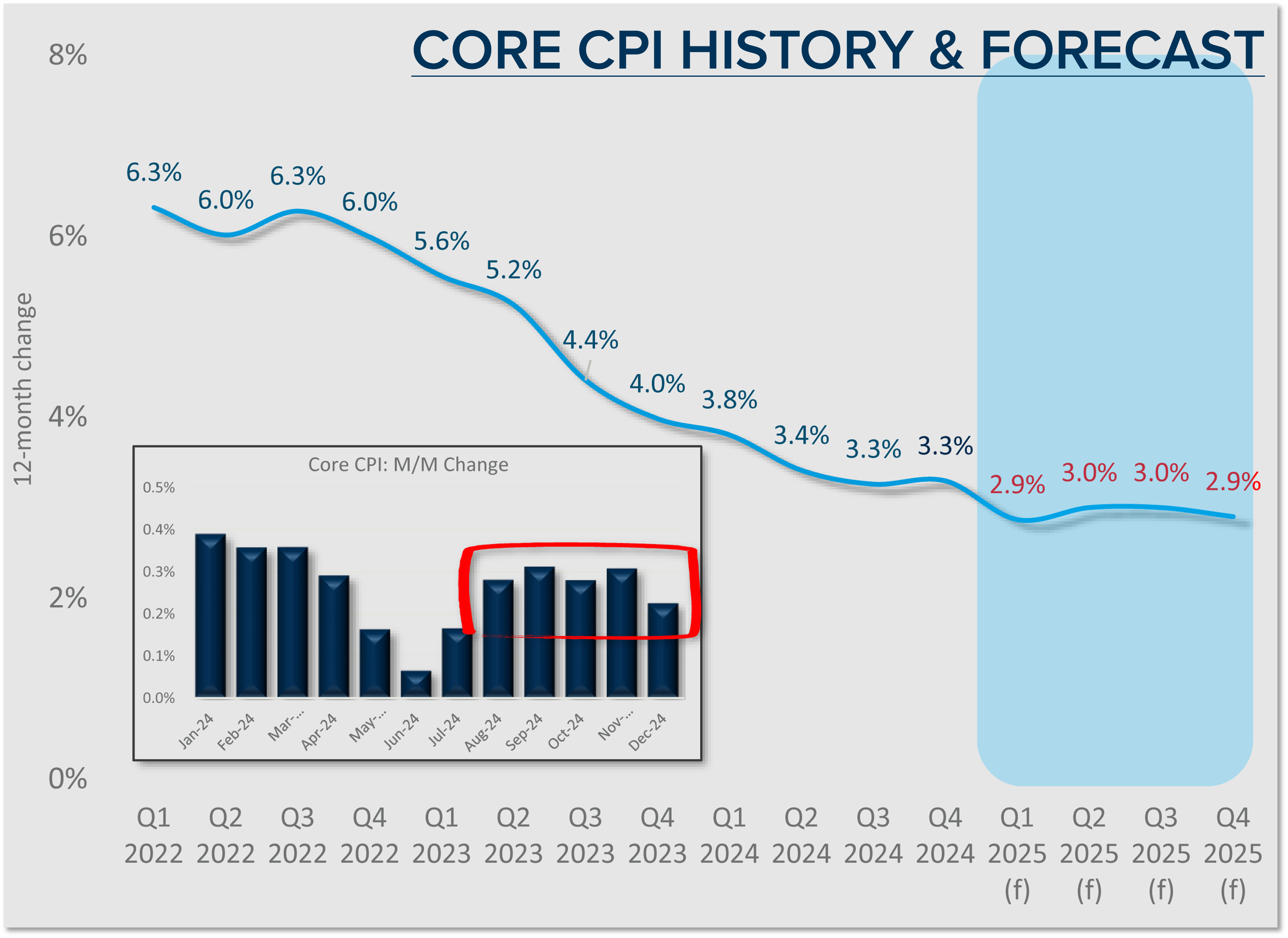 The
The 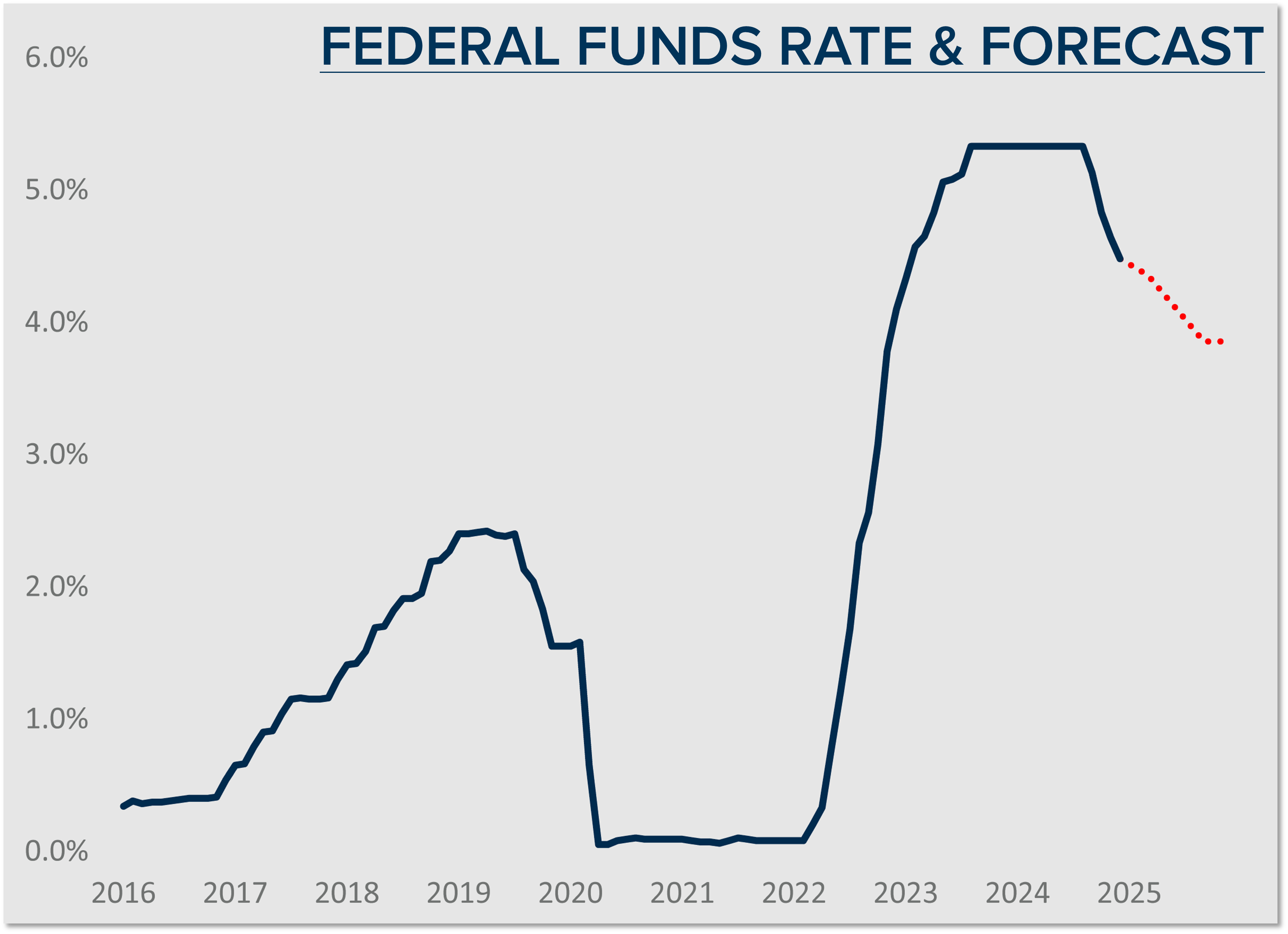 There is no sign of a recession. The balance of inflation, rates, and the overall health of the economy has created a soft landing that avoided a recession. In fact, GDP is up by 2% and the textbook definition of a recession is when the GDP decreases over two successive quarters.
There is no sign of a recession. The balance of inflation, rates, and the overall health of the economy has created a soft landing that avoided a recession. In fact, GDP is up by 2% and the textbook definition of a recession is when the GDP decreases over two successive quarters.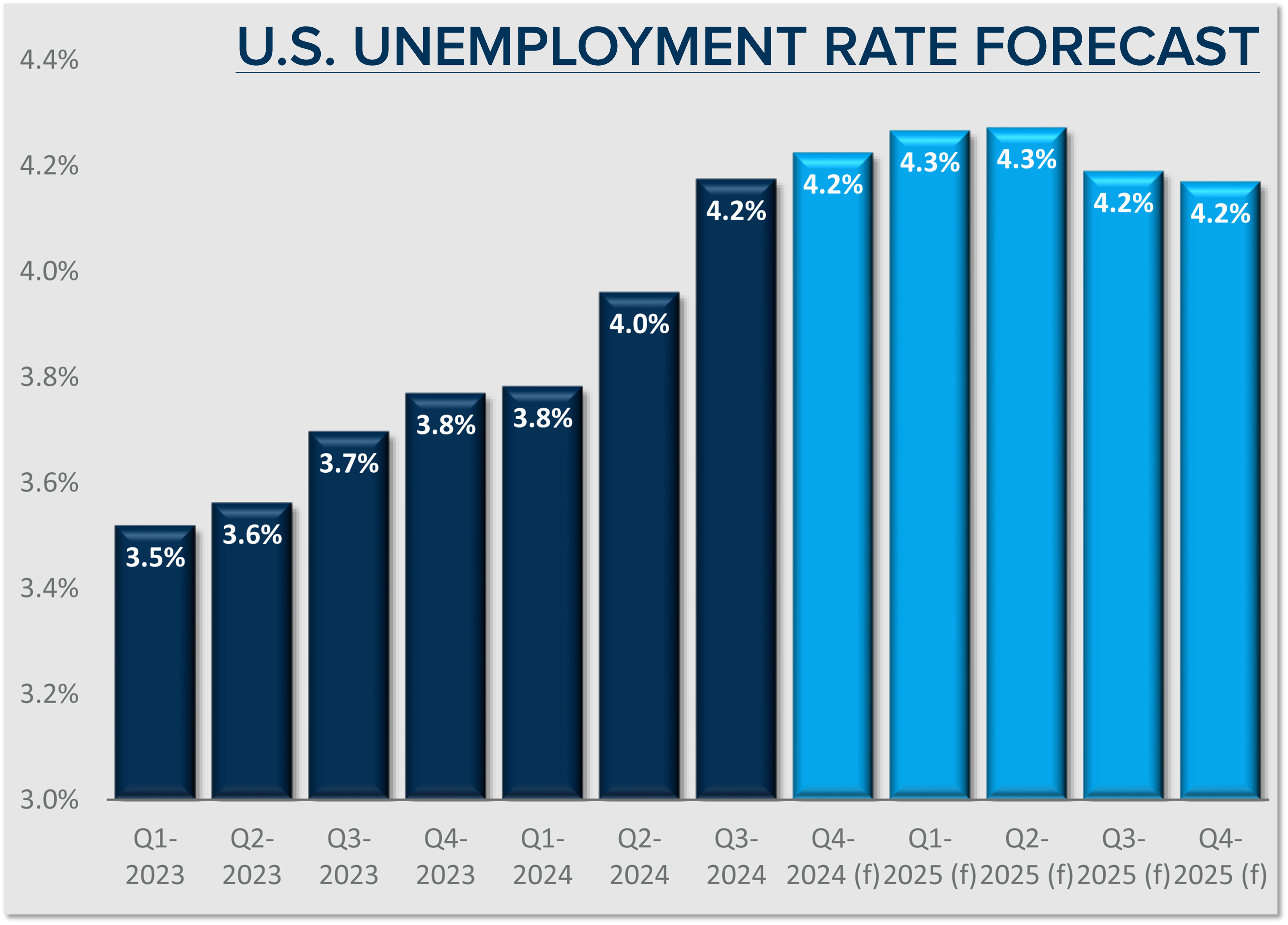 ✅ GREATER SEATTLE AREA JOB MARKET:
✅ GREATER SEATTLE AREA JOB MARKET: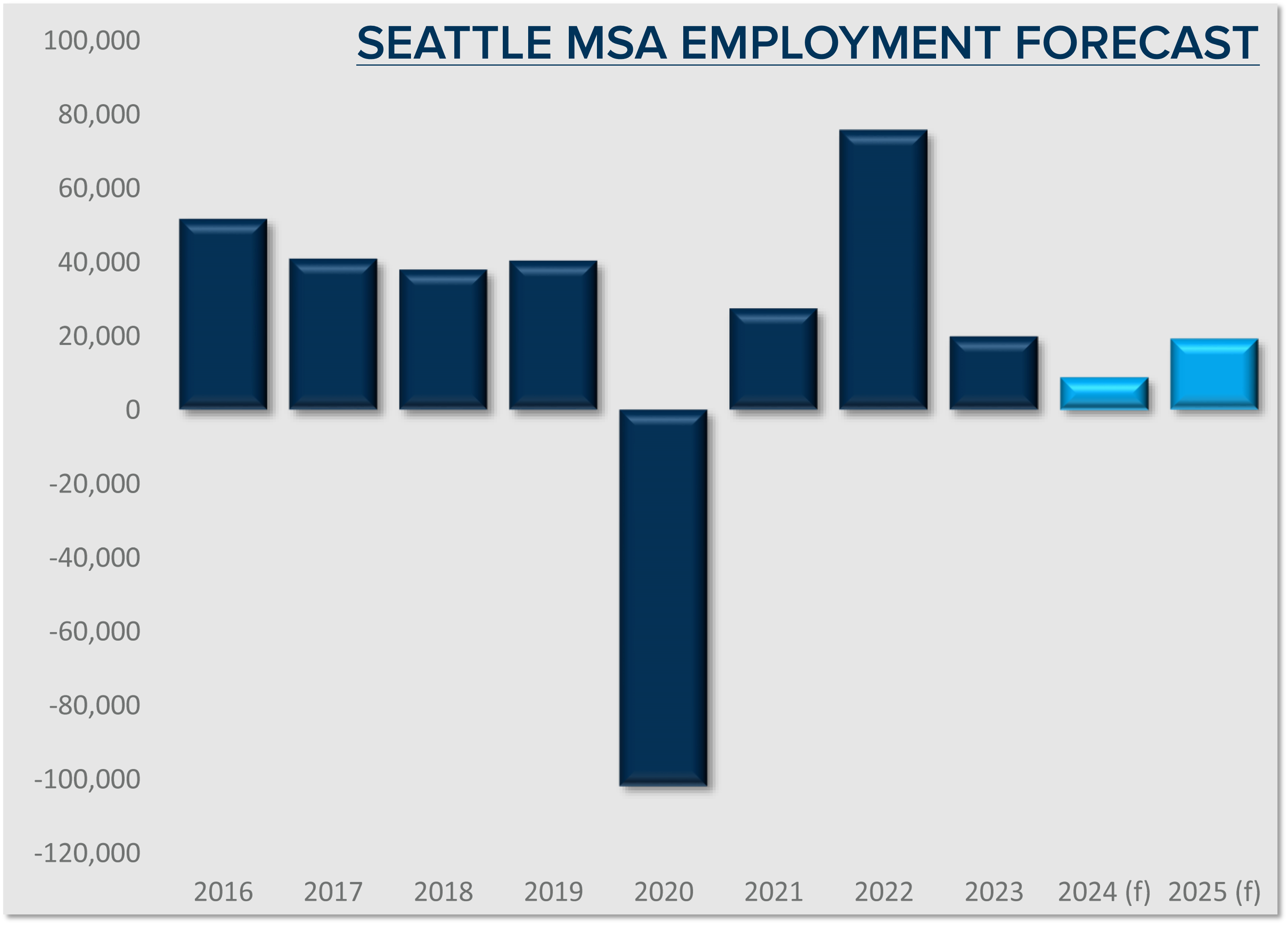
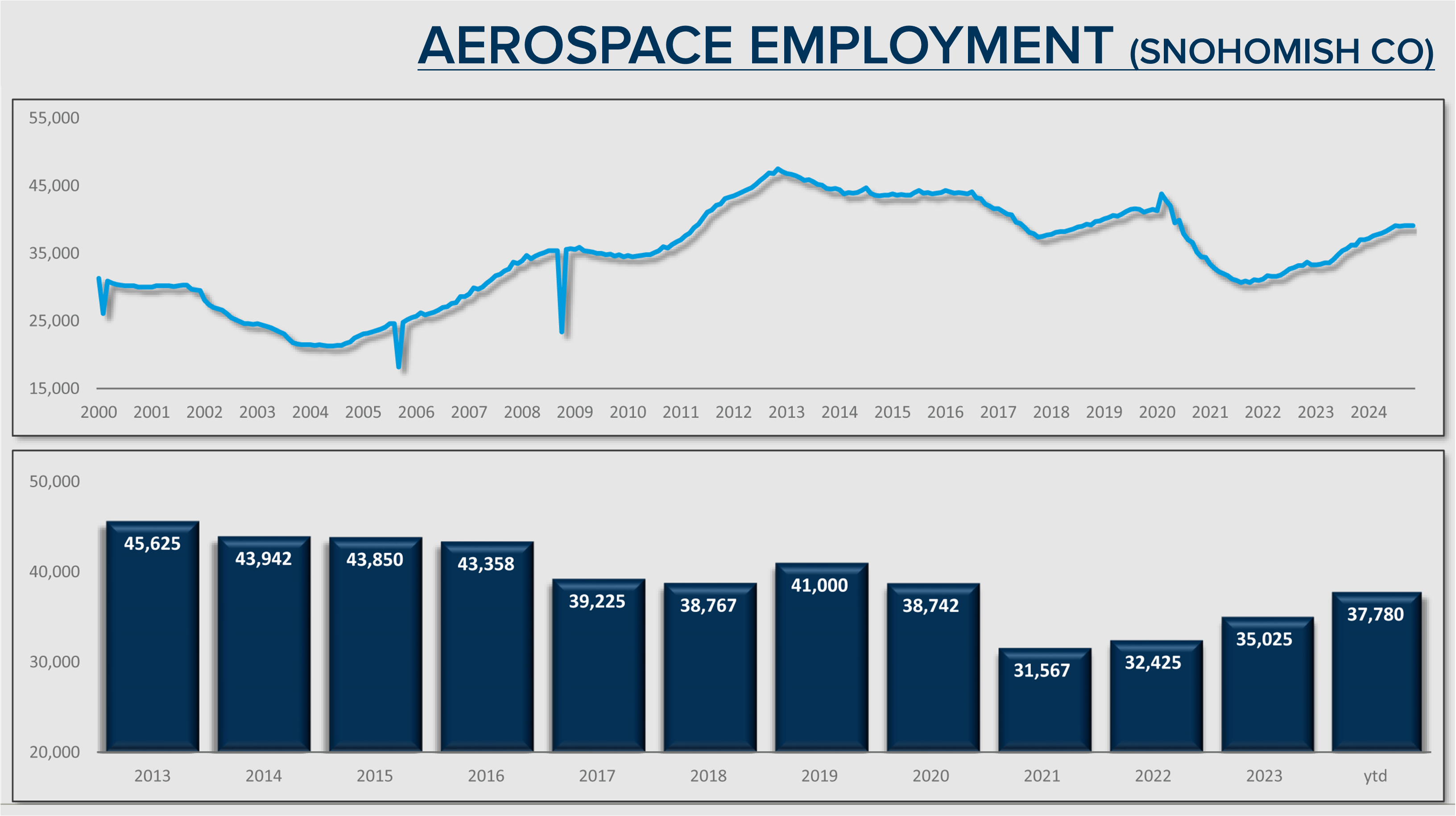 ✅ GREATER SEATTLE HOUSING MARKET:
✅ GREATER SEATTLE HOUSING MARKET: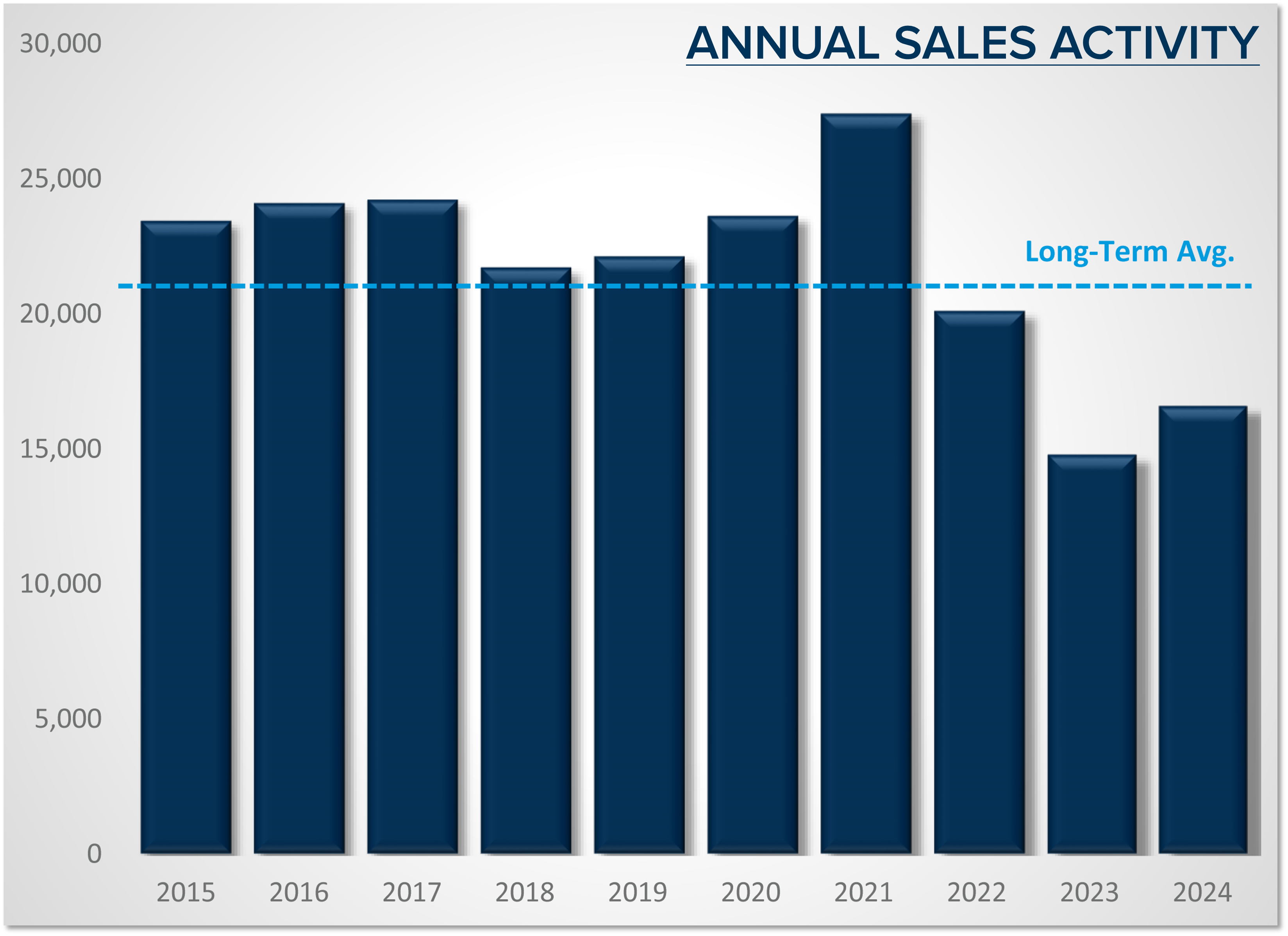 Mortgage rates will modestly decrease throughout 2025 and should end up in the low 6%. The biggest headwind is deficit spending now that inflation has settled. This spending will keep the 10-year treasury high, which will have a direct impact on mortgage rates. These are two key factors to watch if you’re waiting for mortgage rates to drop significantly.
Mortgage rates will modestly decrease throughout 2025 and should end up in the low 6%. The biggest headwind is deficit spending now that inflation has settled. This spending will keep the 10-year treasury high, which will have a direct impact on mortgage rates. These are two key factors to watch if you’re waiting for mortgage rates to drop significantly.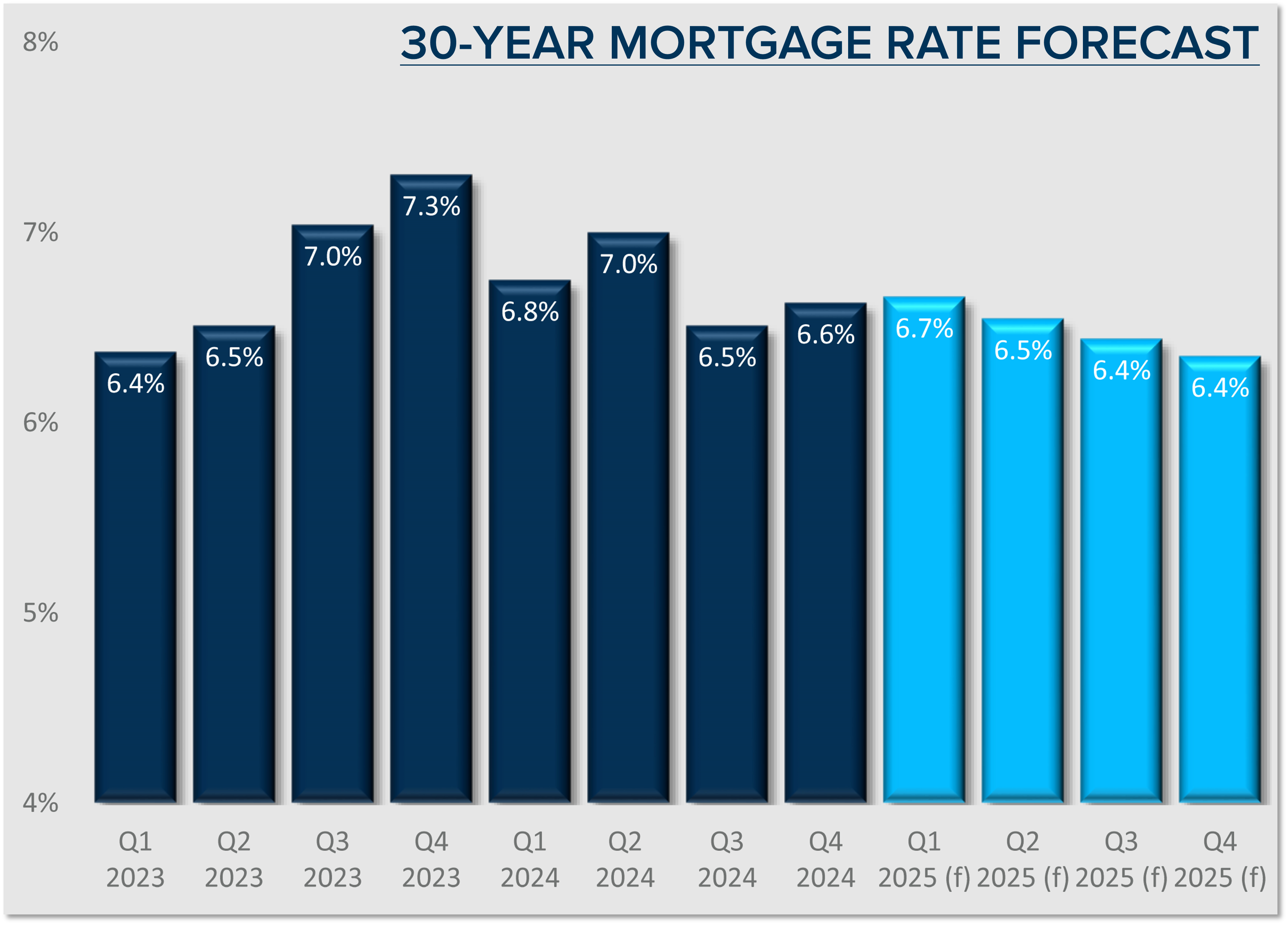 Prices increased in King and Snohomish counties in 2024 and are expected to grow again in 2025 despite stubborn mortgage rates. In King County, inventory was up by 10%, sales were up 12%, and the median price was up 10.7% year-over-year. Price growth is predicted to increase by 4% in 2025, which is higher than the historical national annual average. In Snohomish County, inventory was up by 17%, sales were up 8%, and the median price was up 9.9% year-over-year. Price growth is predicted to increase by 5% in 2025.
Prices increased in King and Snohomish counties in 2024 and are expected to grow again in 2025 despite stubborn mortgage rates. In King County, inventory was up by 10%, sales were up 12%, and the median price was up 10.7% year-over-year. Price growth is predicted to increase by 4% in 2025, which is higher than the historical national annual average. In Snohomish County, inventory was up by 17%, sales were up 8%, and the median price was up 9.9% year-over-year. Price growth is predicted to increase by 5% in 2025.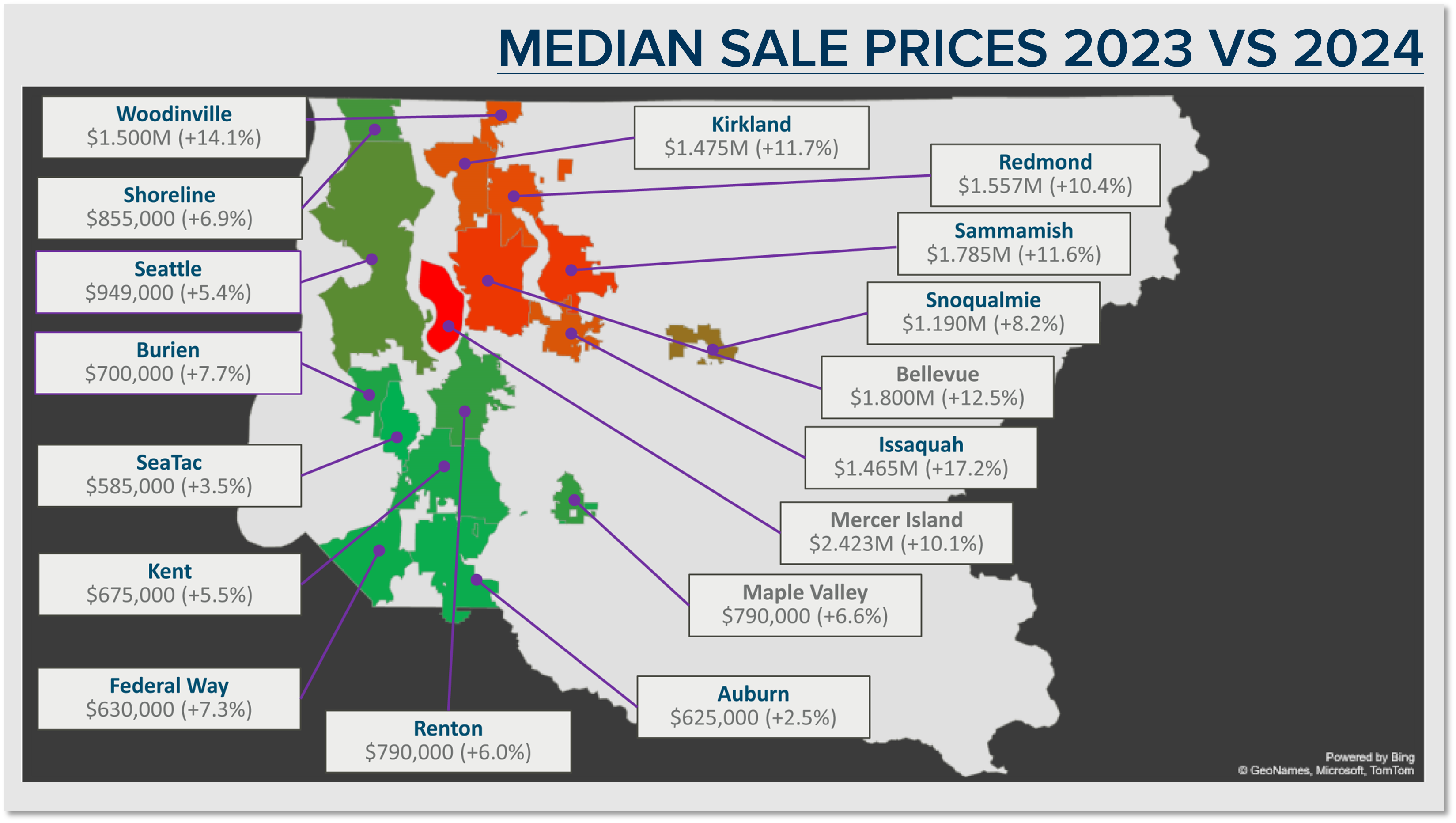
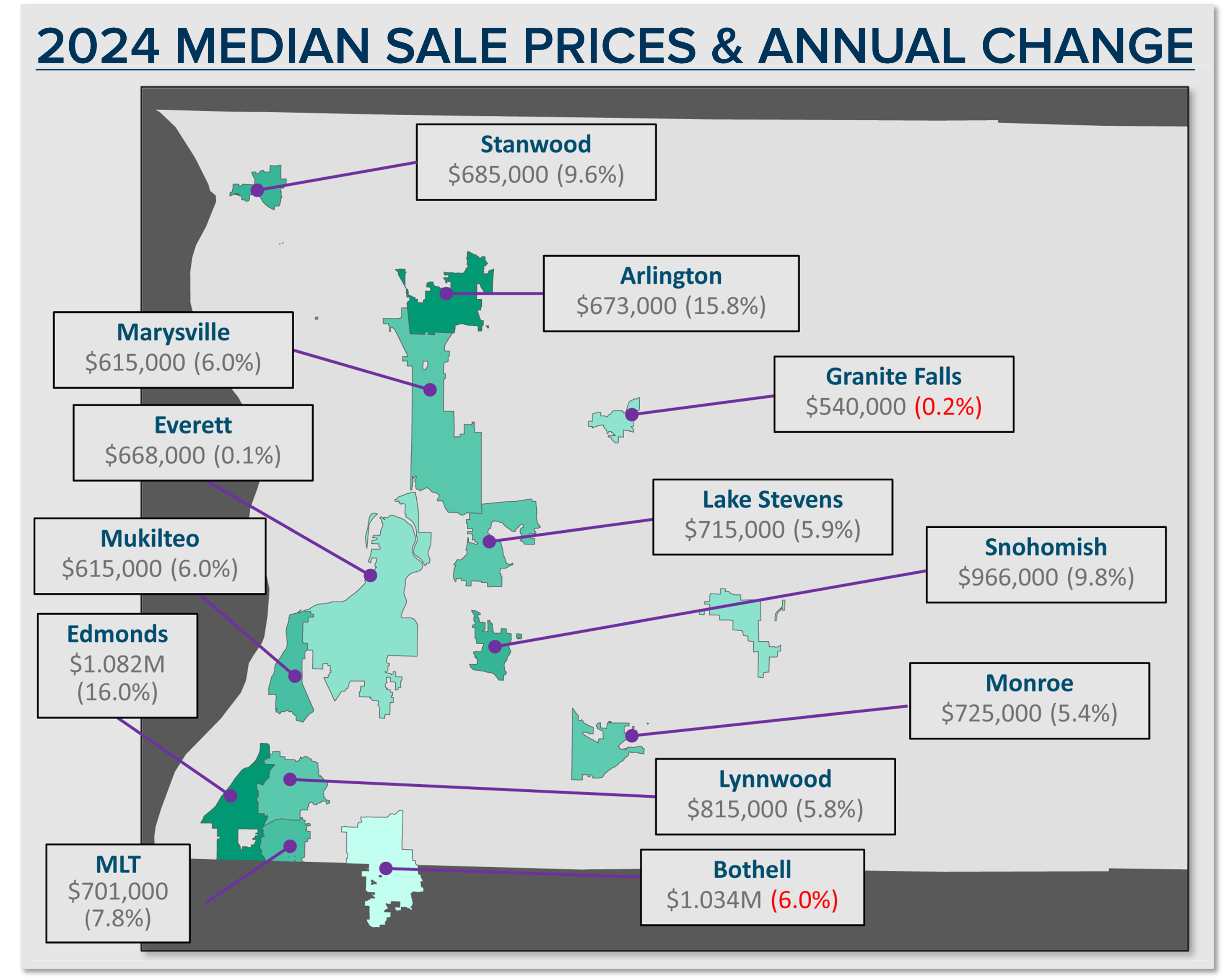 Affordability is the biggest challenge. With price growth steady coupled with higher interest rates, monthly payments have grown faster than incomes. This has put first-time homebuyers at a disadvantage in core job center locations. Down payment assistance (gift funds) from family and/or high-paying salaries in the tech, biotech, and big corporate companies have differentiated the ability of some first-time homebuyers compared to others with limited down payment funds and higher debt-to-income ratios.
Affordability is the biggest challenge. With price growth steady coupled with higher interest rates, monthly payments have grown faster than incomes. This has put first-time homebuyers at a disadvantage in core job center locations. Down payment assistance (gift funds) from family and/or high-paying salaries in the tech, biotech, and big corporate companies have differentiated the ability of some first-time homebuyers compared to others with limited down payment funds and higher debt-to-income ratios.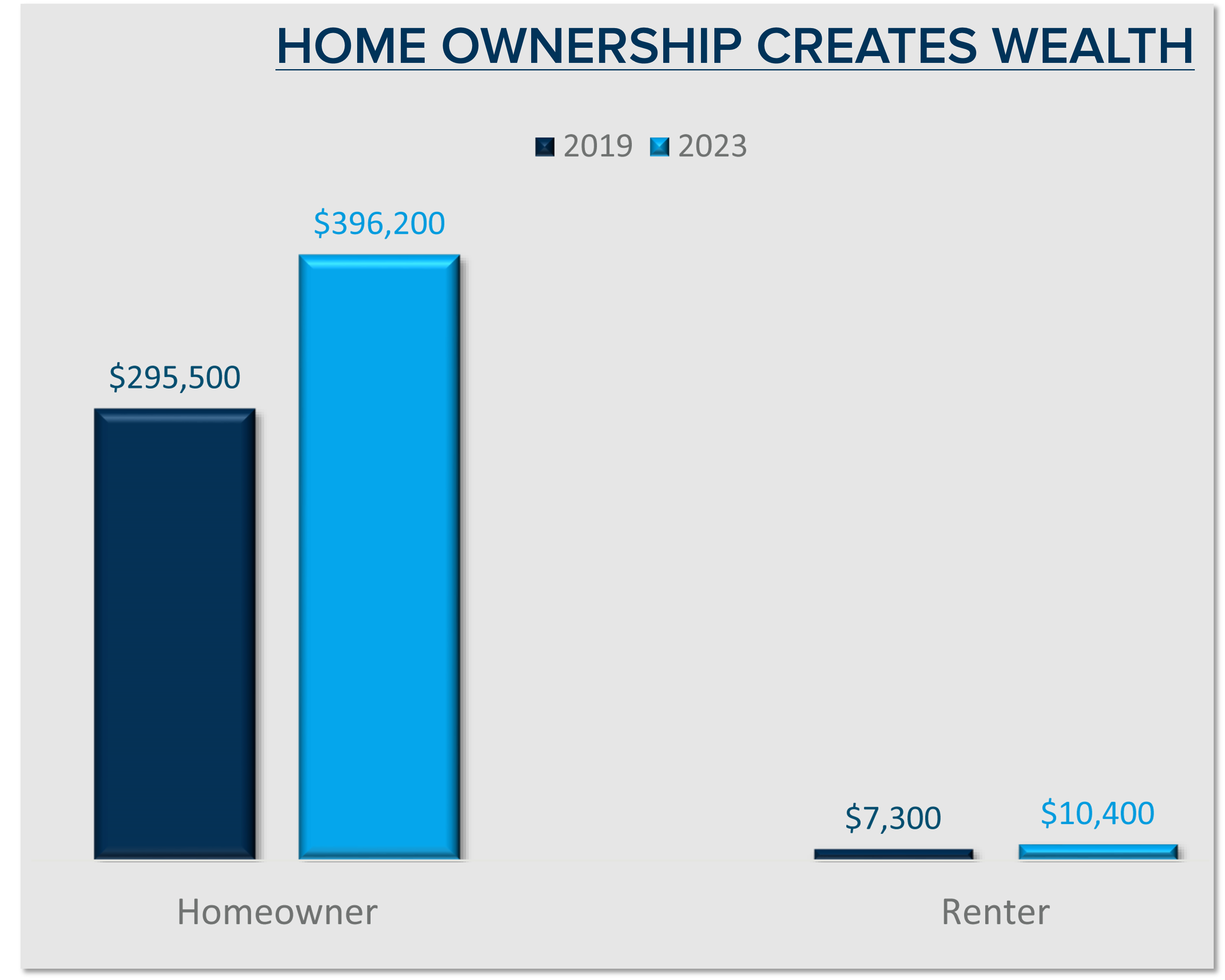 This is certainly a lot to unpack as we head into 2025. Stay tuned for even more insights on what we learned from Matthew in my next newsletter. In the meantime, I am here to encourage you and point out that this is a lot of good news. We look forward to more moderate growth in 2025, which is good. Severe increases are not healthy. While we are combating an affordability crisis, the steady wave of moderation on top of incredibly high equity levels should play out to create a stable and fruitful 2025 real estate market.
This is certainly a lot to unpack as we head into 2025. Stay tuned for even more insights on what we learned from Matthew in my next newsletter. In the meantime, I am here to encourage you and point out that this is a lot of good news. We look forward to more moderate growth in 2025, which is good. Severe increases are not healthy. While we are combating an affordability crisis, the steady wave of moderation on top of incredibly high equity levels should play out to create a stable and fruitful 2025 real estate market.

 As we head into the holidays and mark the final stretch of the year, I wanted to report on the 2024 real estate market and where we might be headed in 2025. To set the stage, I must mention the ride that it has been over the last five years. Since 2019, we have experienced some key market factors that have influenced market activity and prices.
As we head into the holidays and mark the final stretch of the year, I wanted to report on the 2024 real estate market and where we might be headed in 2025. To set the stage, I must mention the ride that it has been over the last five years. Since 2019, we have experienced some key market factors that have influenced market activity and prices.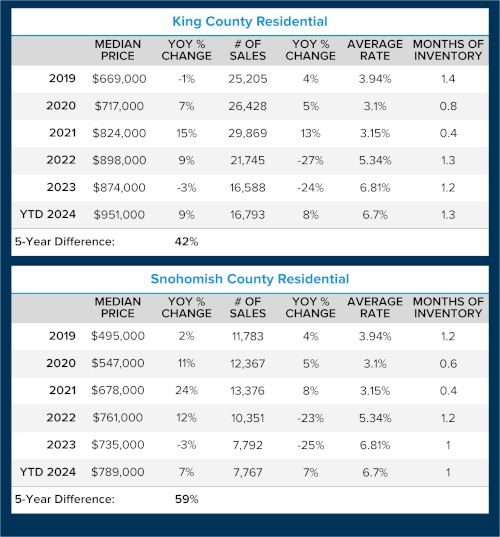 After reviewing the last 10 years of closed sales, we are down about 25% YTD in King County and 30% in Snohomish County from a normal average closed sales rate. This has remained stubborn due to the lock-in effect that the previous low rates have created. For example, many homeowners who purchased or re-financed to obtain a rate of 3-4% are holding tight to their monthly payments. This has caused many people to stay in homes that don’t ideally fit their lifestyle due to wanting to keep the monthly payment and overall affordability.
After reviewing the last 10 years of closed sales, we are down about 25% YTD in King County and 30% in Snohomish County from a normal average closed sales rate. This has remained stubborn due to the lock-in effect that the previous low rates have created. For example, many homeowners who purchased or re-financed to obtain a rate of 3-4% are holding tight to their monthly payments. This has caused many people to stay in homes that don’t ideally fit their lifestyle due to wanting to keep the monthly payment and overall affordability.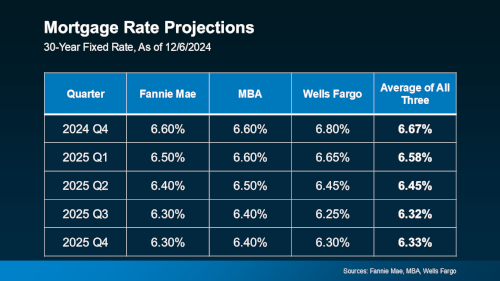 Another aspect to point out is the trends we typically see in post-election years. Historical data indicates increased closed sales, lower interest rates, and price growth. This data, coupled with pent-up seller demand and gradually decreasing interest rates, should drive sales to increase slightly and prices to appreciate and remain stable. Most homeowners are sitting on well-established equity, enabling them to make fluid moves.
Another aspect to point out is the trends we typically see in post-election years. Historical data indicates increased closed sales, lower interest rates, and price growth. This data, coupled with pent-up seller demand and gradually decreasing interest rates, should drive sales to increase slightly and prices to appreciate and remain stable. Most homeowners are sitting on well-established equity, enabling them to make fluid moves.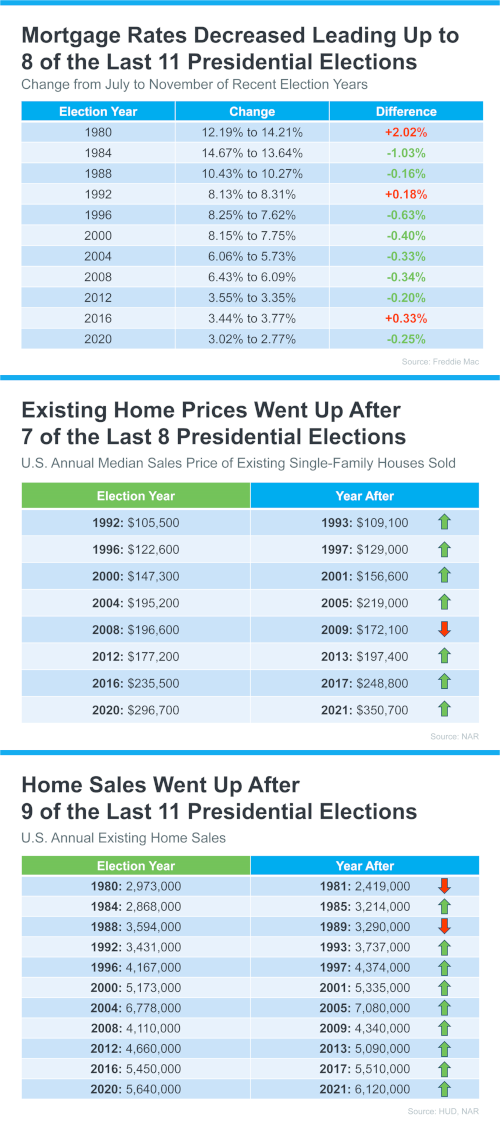 If you or someone you know is considering buying, selling, or both, now is a great time to reach out. Executing a purchase and/or sale and a move takes strategic planning to achieve the best outcome. I love helping my clients identify their goals, curate a detailed list of items to create the ideal results, and help guide the process to a successful finish. A new year brings a fresh start, and why not start to verbalize, visualize, and start your planning now, whether your goals are immediate or in the distant future? Please use me as your real estate resource, as my goal is to be your trusted advisor rooted in data and market education.
If you or someone you know is considering buying, selling, or both, now is a great time to reach out. Executing a purchase and/or sale and a move takes strategic planning to achieve the best outcome. I love helping my clients identify their goals, curate a detailed list of items to create the ideal results, and help guide the process to a successful finish. A new year brings a fresh start, and why not start to verbalize, visualize, and start your planning now, whether your goals are immediate or in the distant future? Please use me as your real estate resource, as my goal is to be your trusted advisor rooted in data and market education.





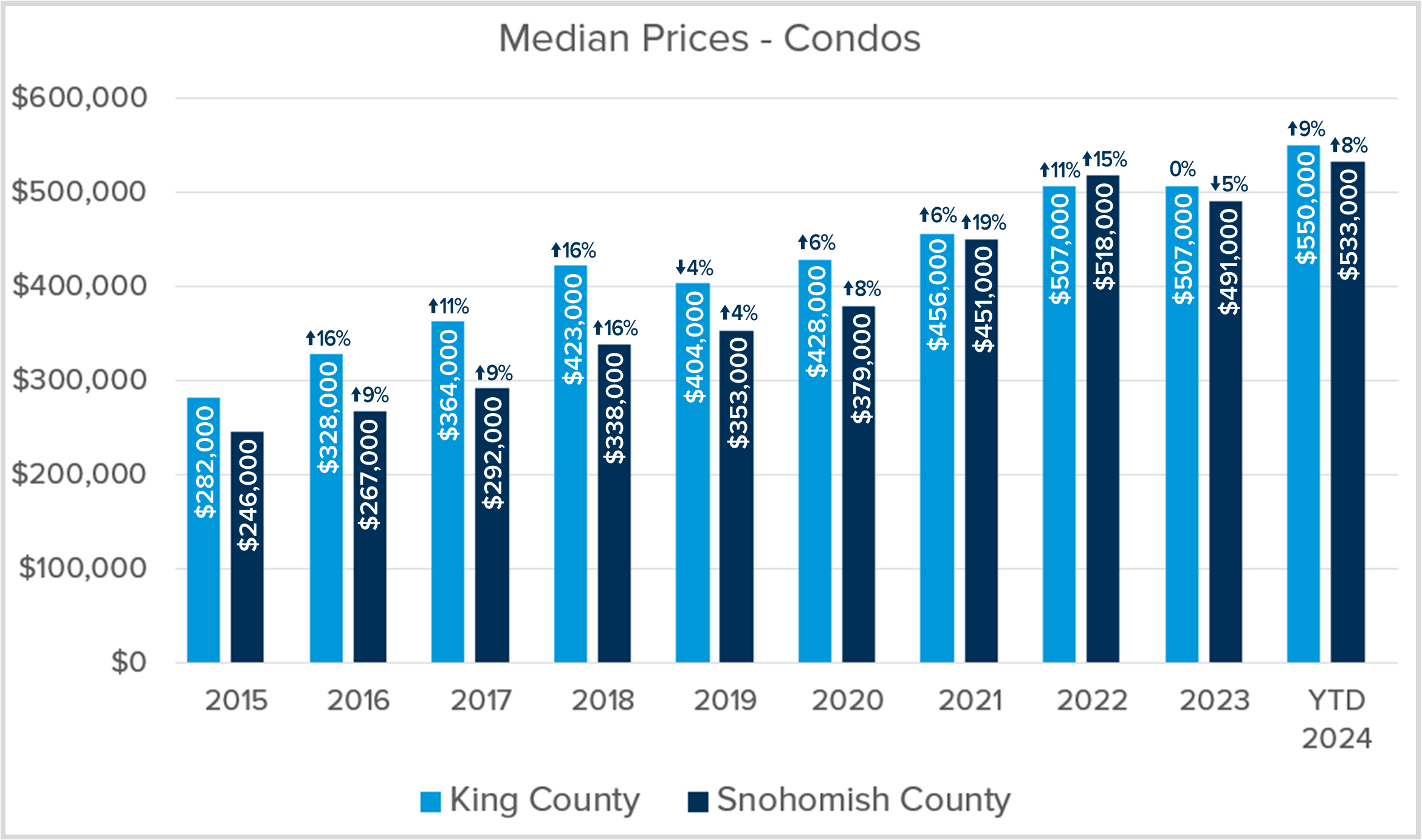
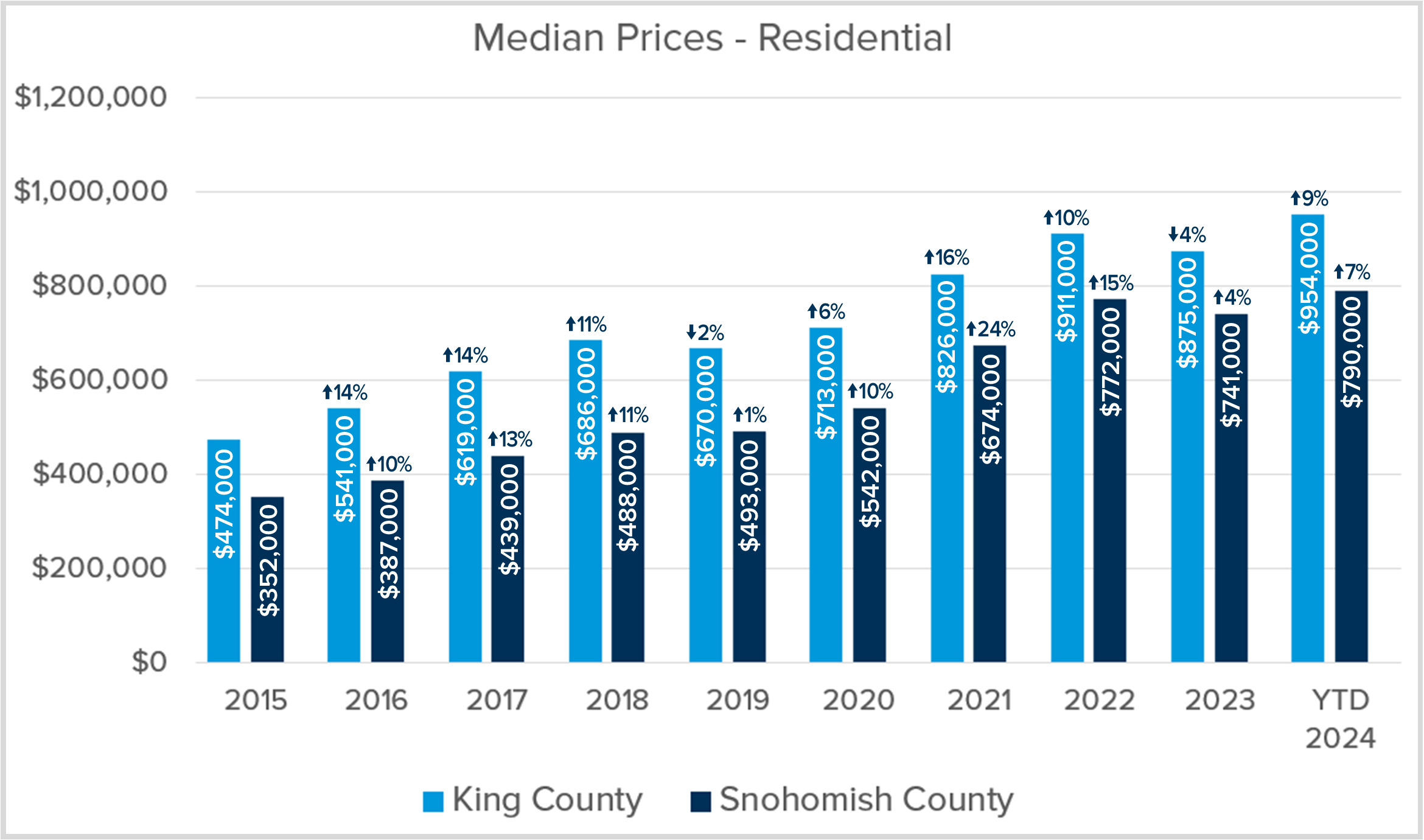


 cookies. Think of it as a delectable combo of shortbread and a Snickerdoodle.
cookies. Think of it as a delectable combo of shortbread and a Snickerdoodle.
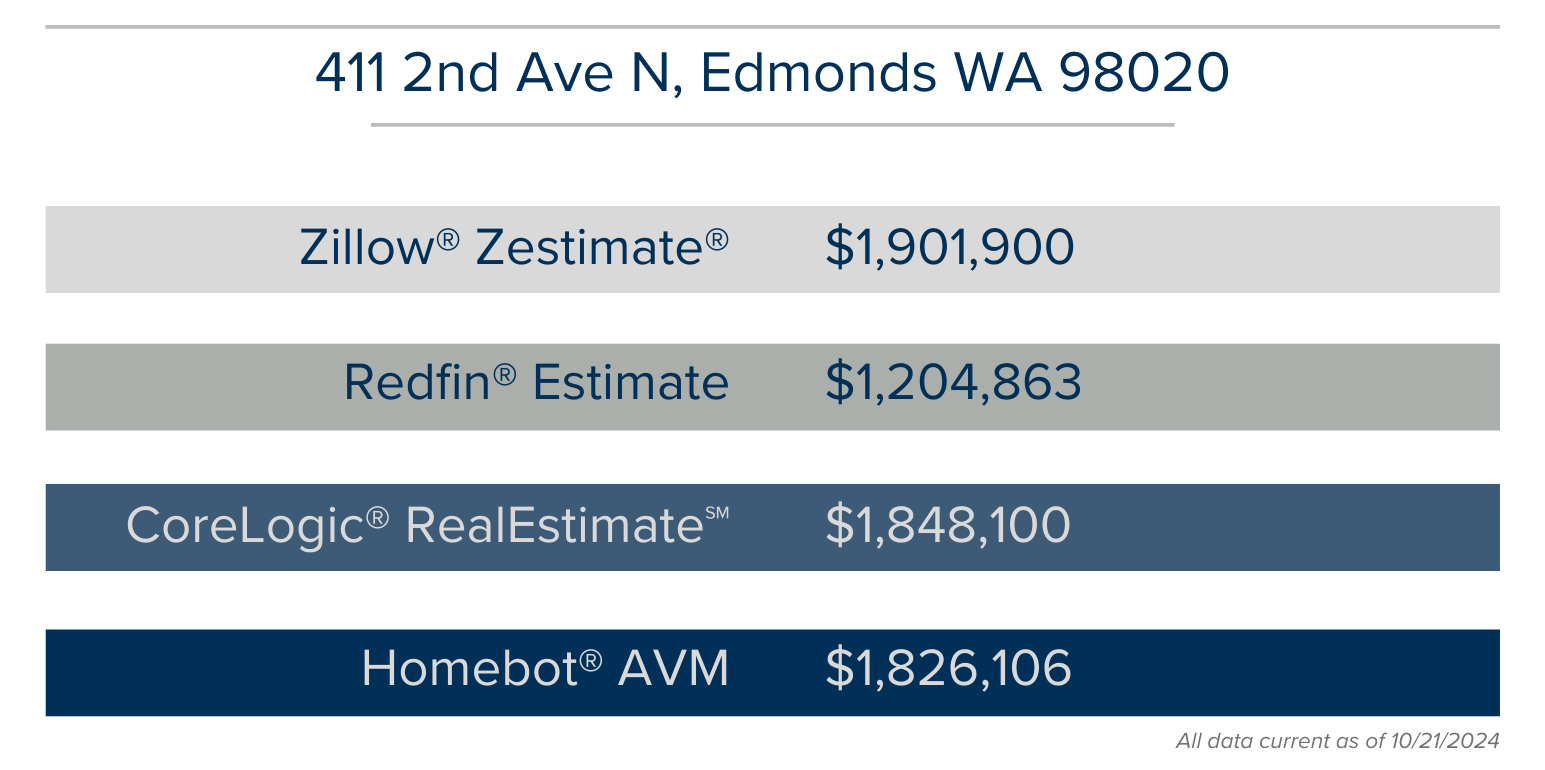

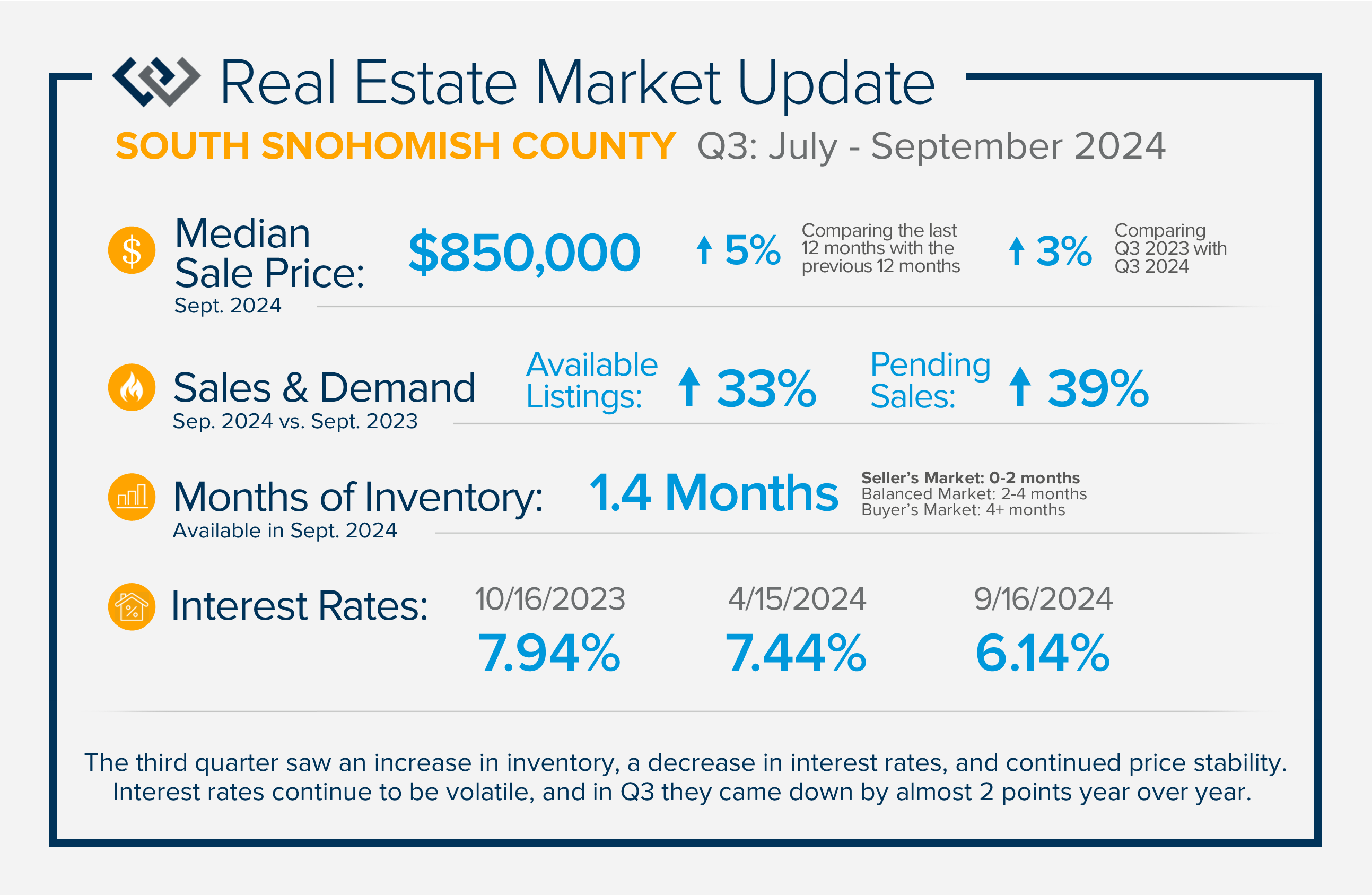
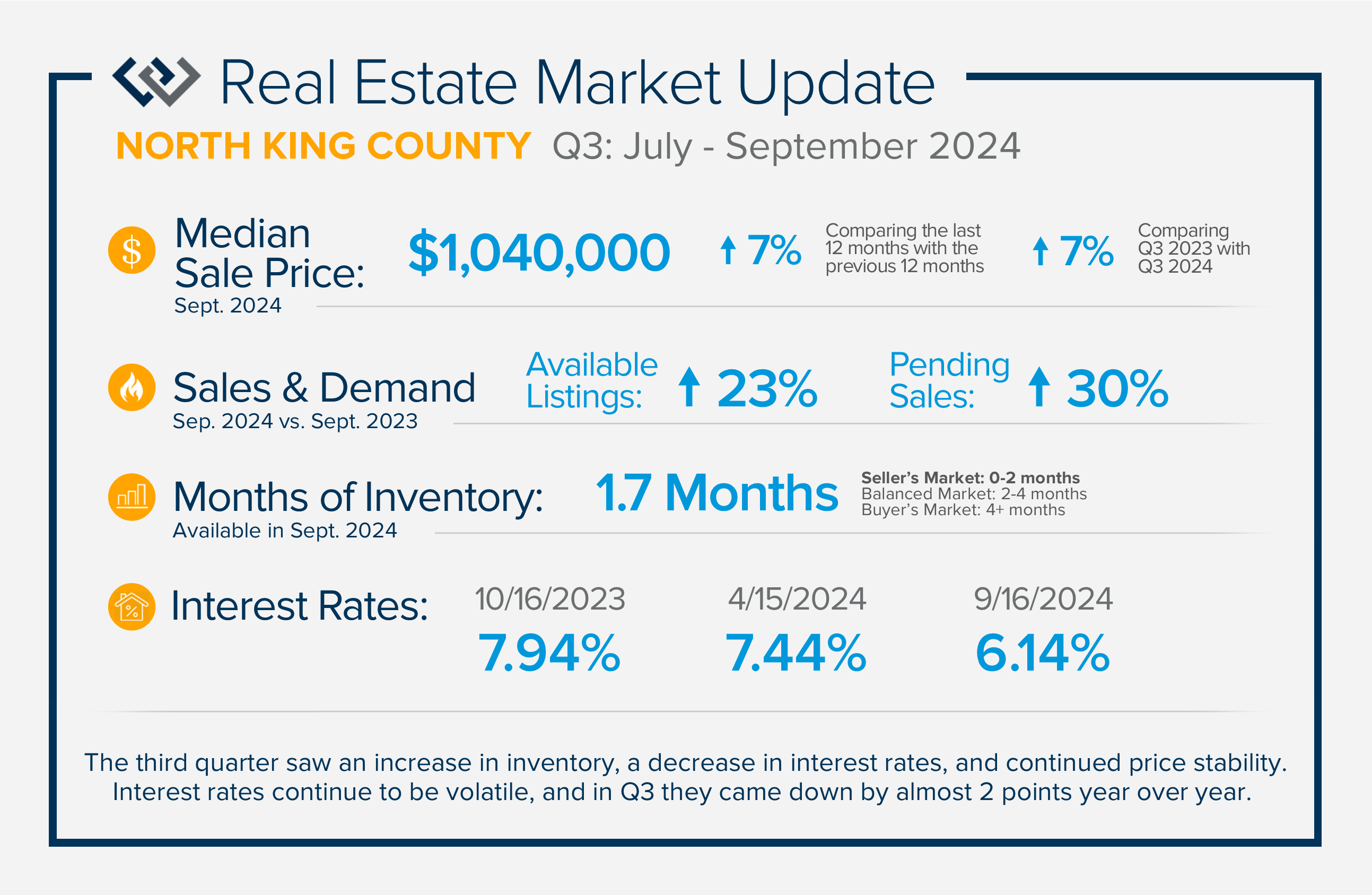
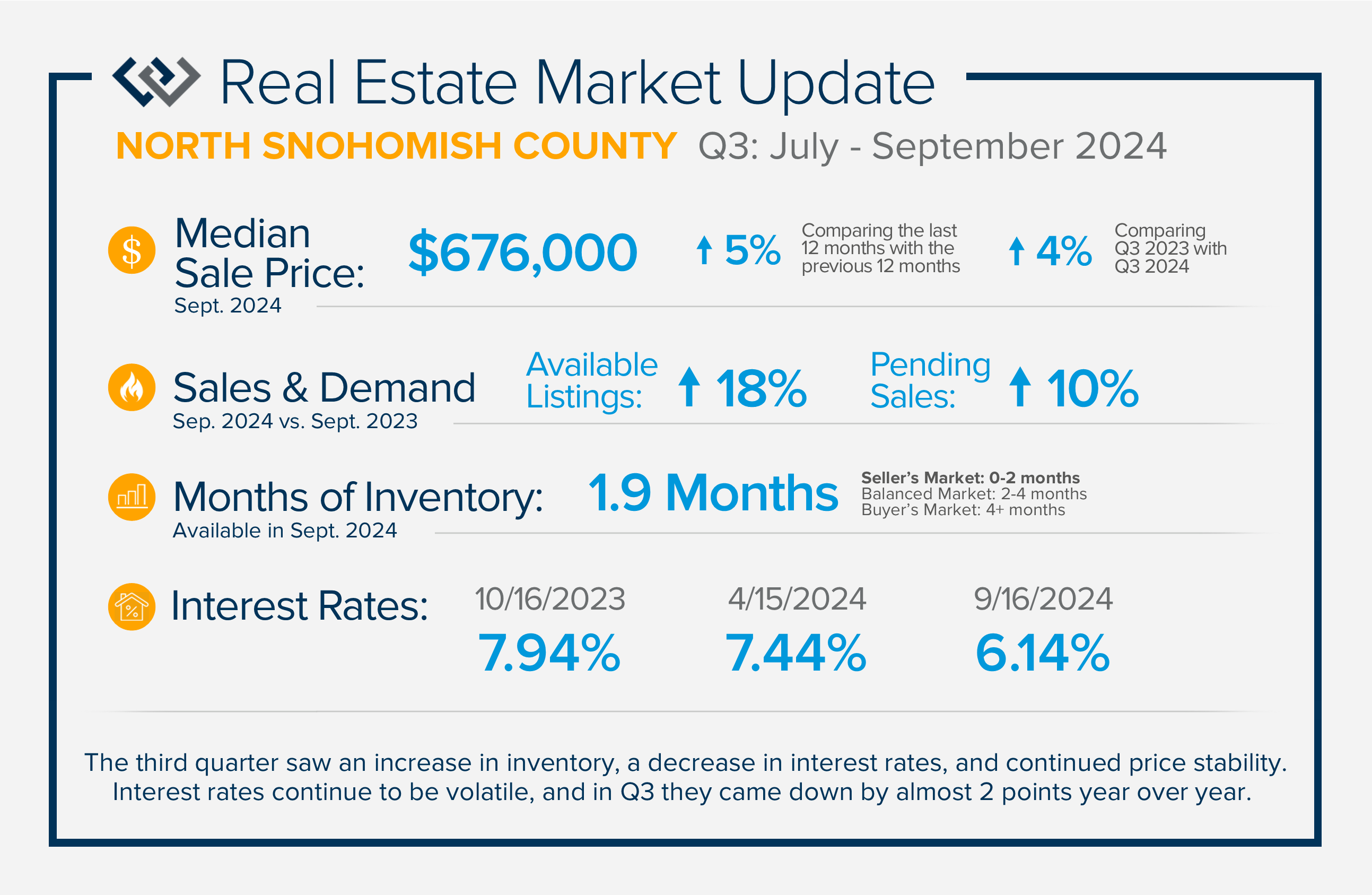
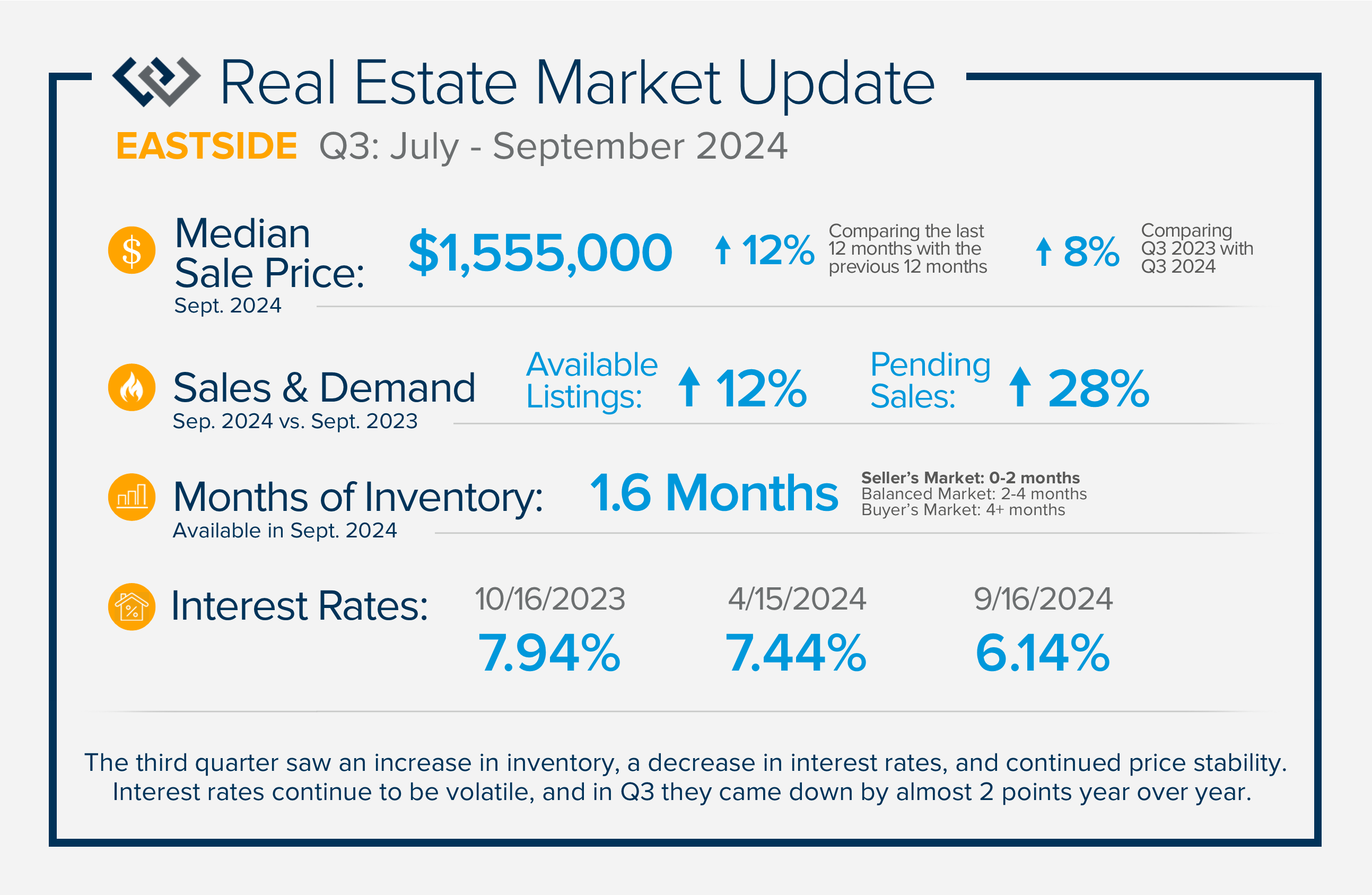
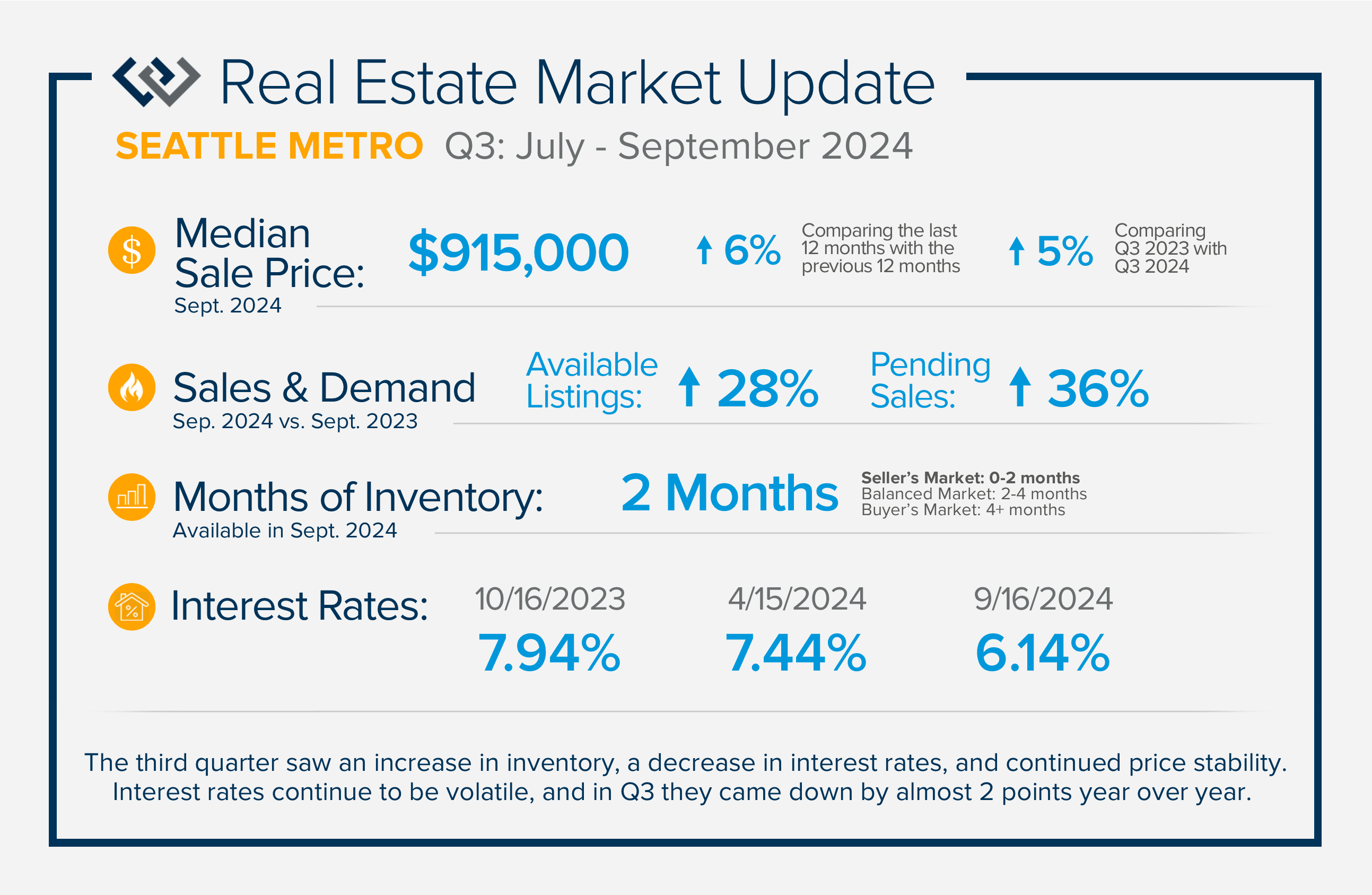
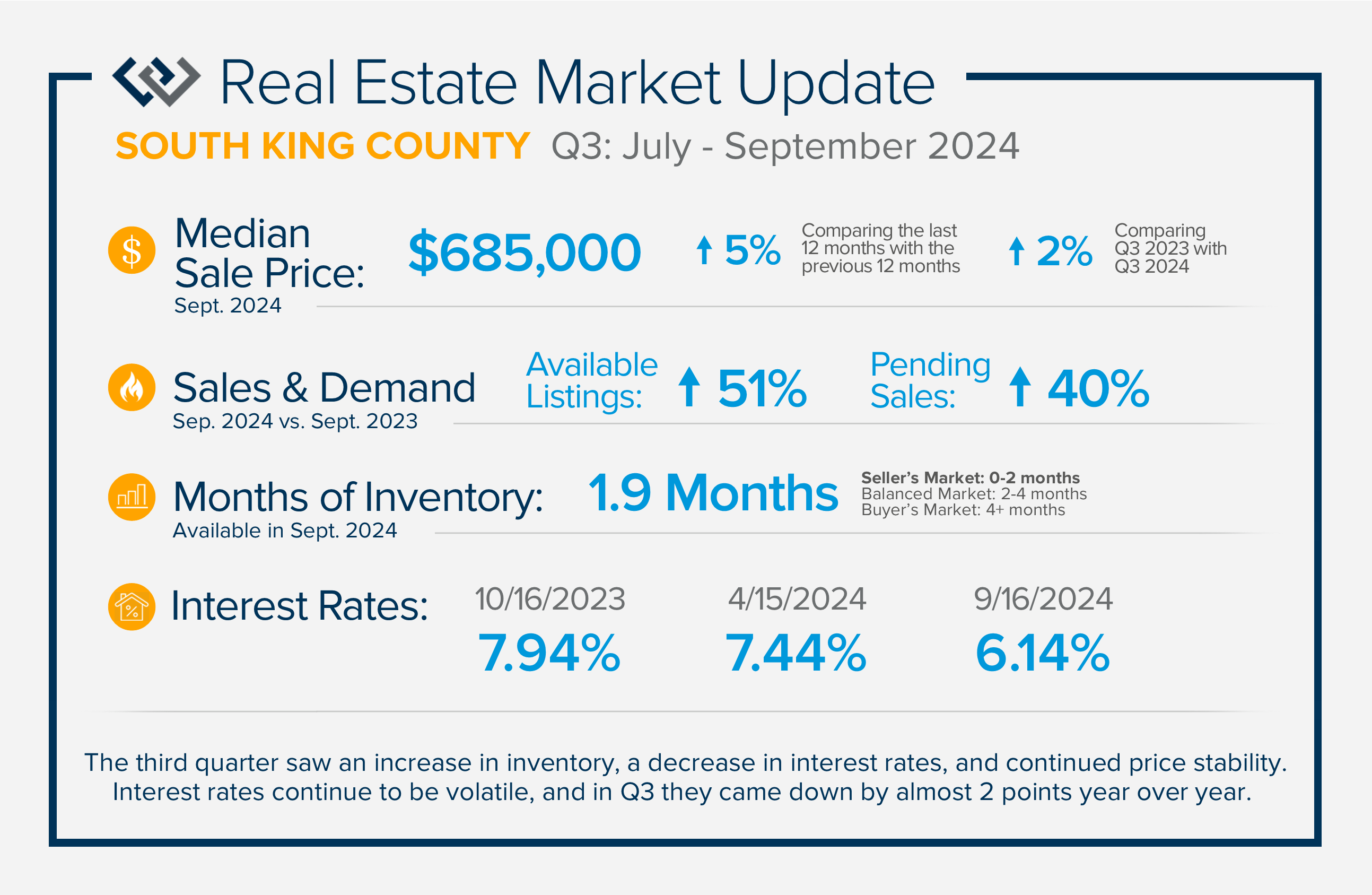

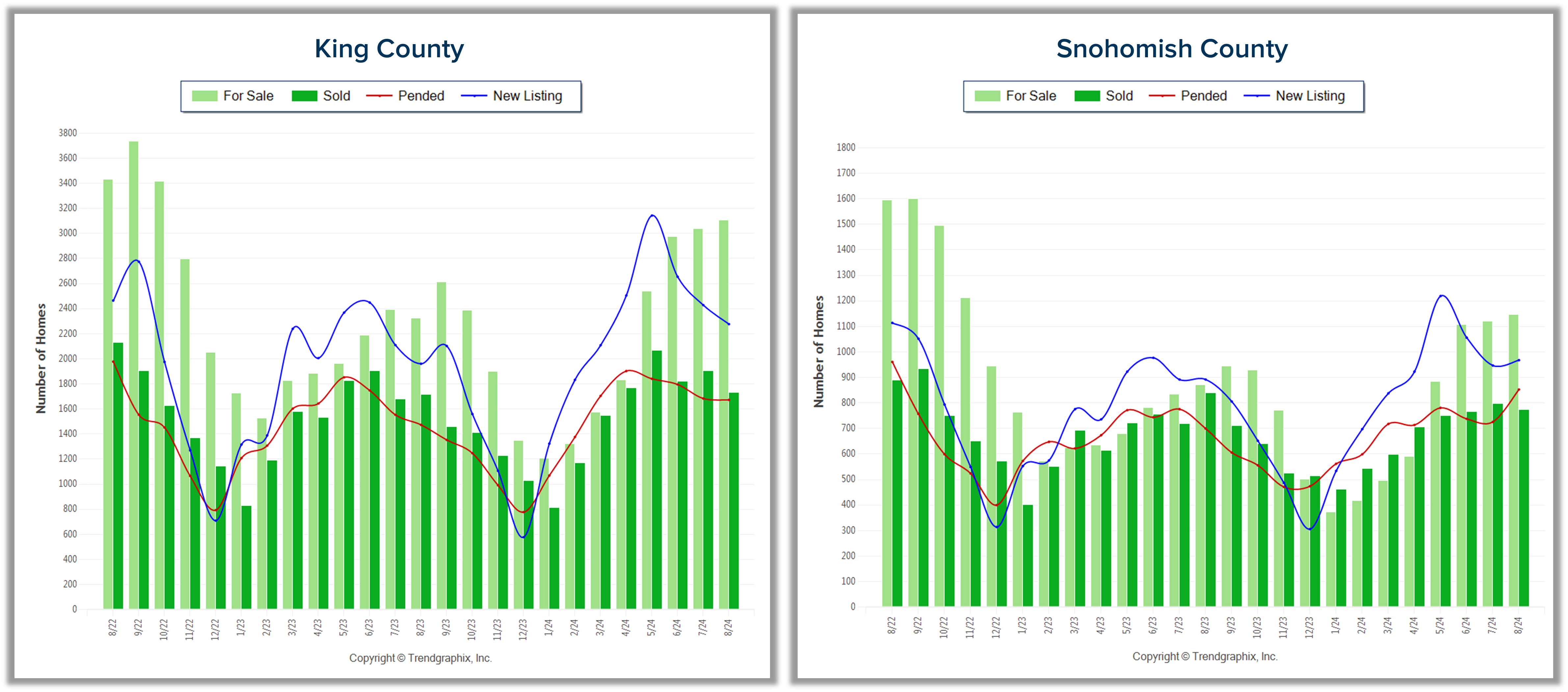
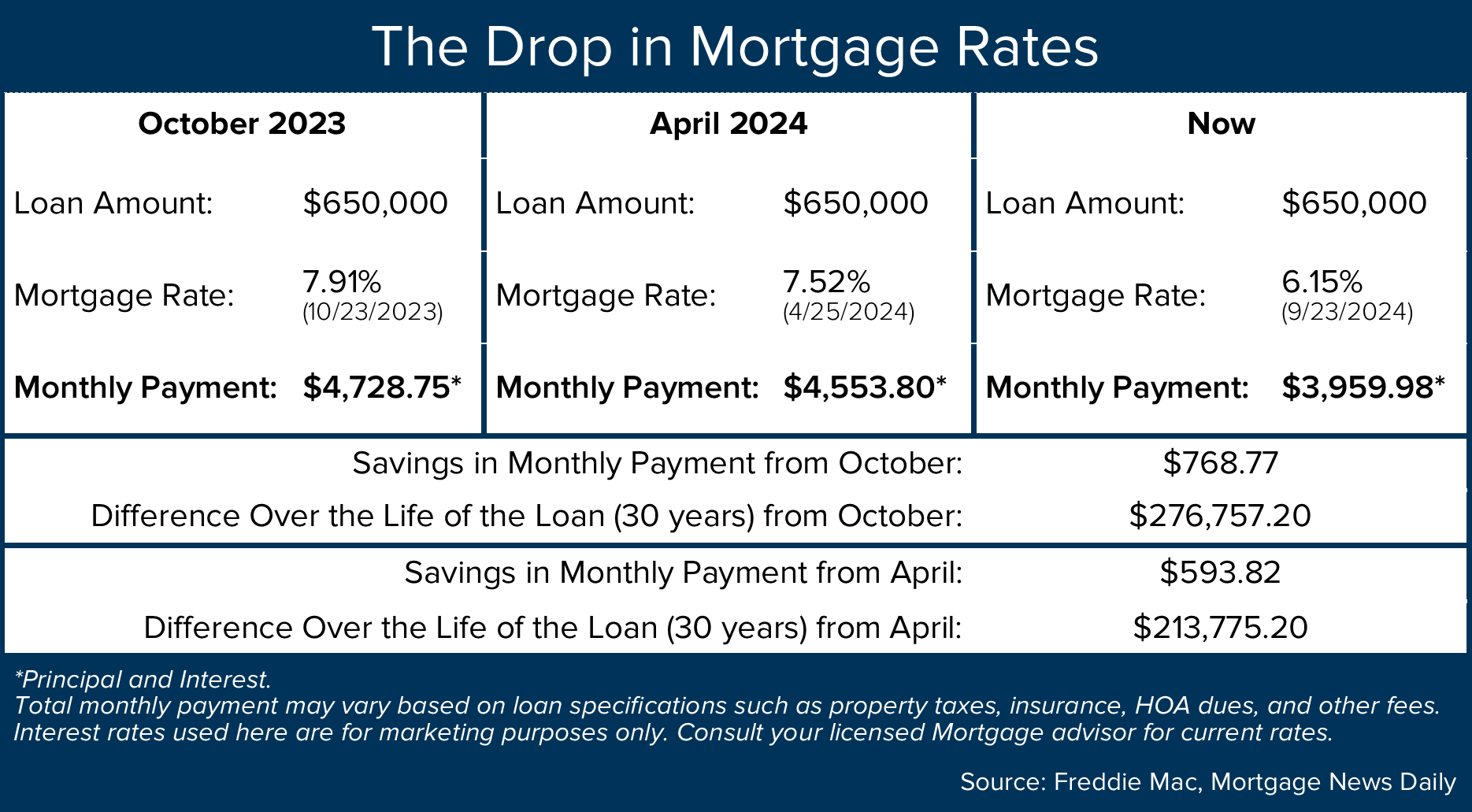
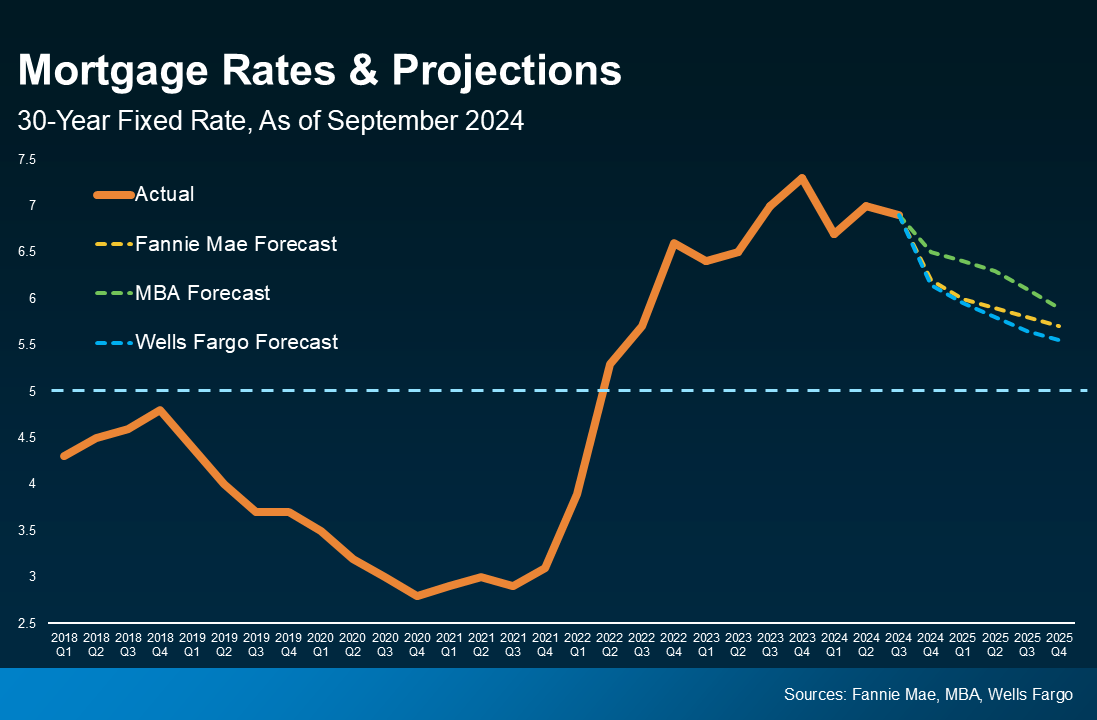 is a desire for rates to come down even further. The good news is that they are predicted to continue this gradual decline. Where I am concerned is a decrease in selection. If we look at seasonality, it is common for inventory to be low in the first half of the year, especially in Q1 (see the King & Snohomish graphs above). If rates continue their slide and fewer new listings come to market, buyers will find themselves duking it out in 2025. Right now, while there are multiple offers on some properties, there are more properties that are being negotiated into contracts with one buyer.
is a desire for rates to come down even further. The good news is that they are predicted to continue this gradual decline. Where I am concerned is a decrease in selection. If we look at seasonality, it is common for inventory to be low in the first half of the year, especially in Q1 (see the King & Snohomish graphs above). If rates continue their slide and fewer new listings come to market, buyers will find themselves duking it out in 2025. Right now, while there are multiple offers on some properties, there are more properties that are being negotiated into contracts with one buyer.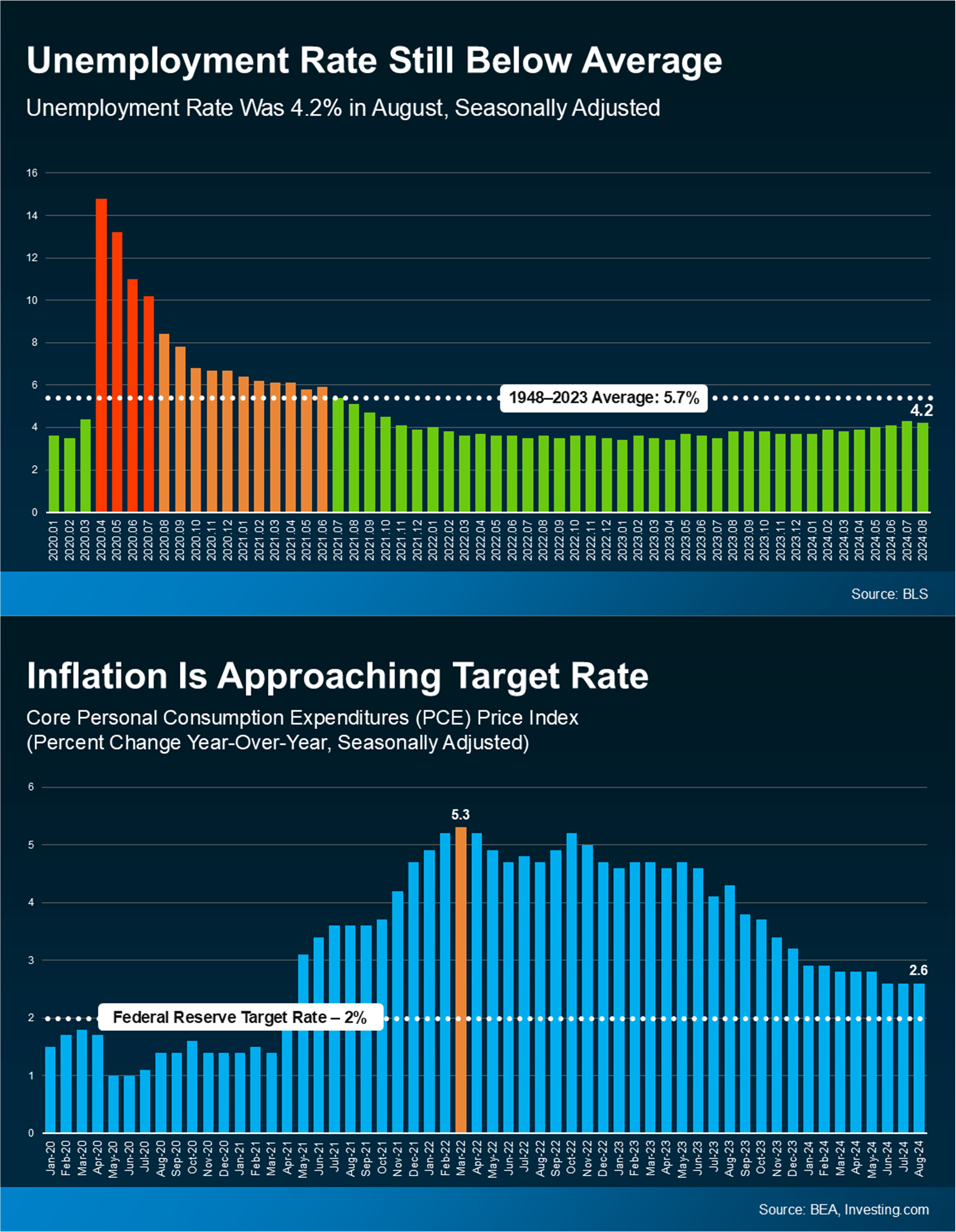 History shows that post-election year markets are brisk with sales and experience price growth and rate decreases. I am paying attention to key indicators such as inflation figures, unemployment measurements, the gap between the 10-year treasury yield and mortgage rates, and our local market conditions in order to provide my clients with the most accurate and up-to-date information to empower strong decisions.
History shows that post-election year markets are brisk with sales and experience price growth and rate decreases. I am paying attention to key indicators such as inflation figures, unemployment measurements, the gap between the 10-year treasury yield and mortgage rates, and our local market conditions in order to provide my clients with the most accurate and up-to-date information to empower strong decisions.
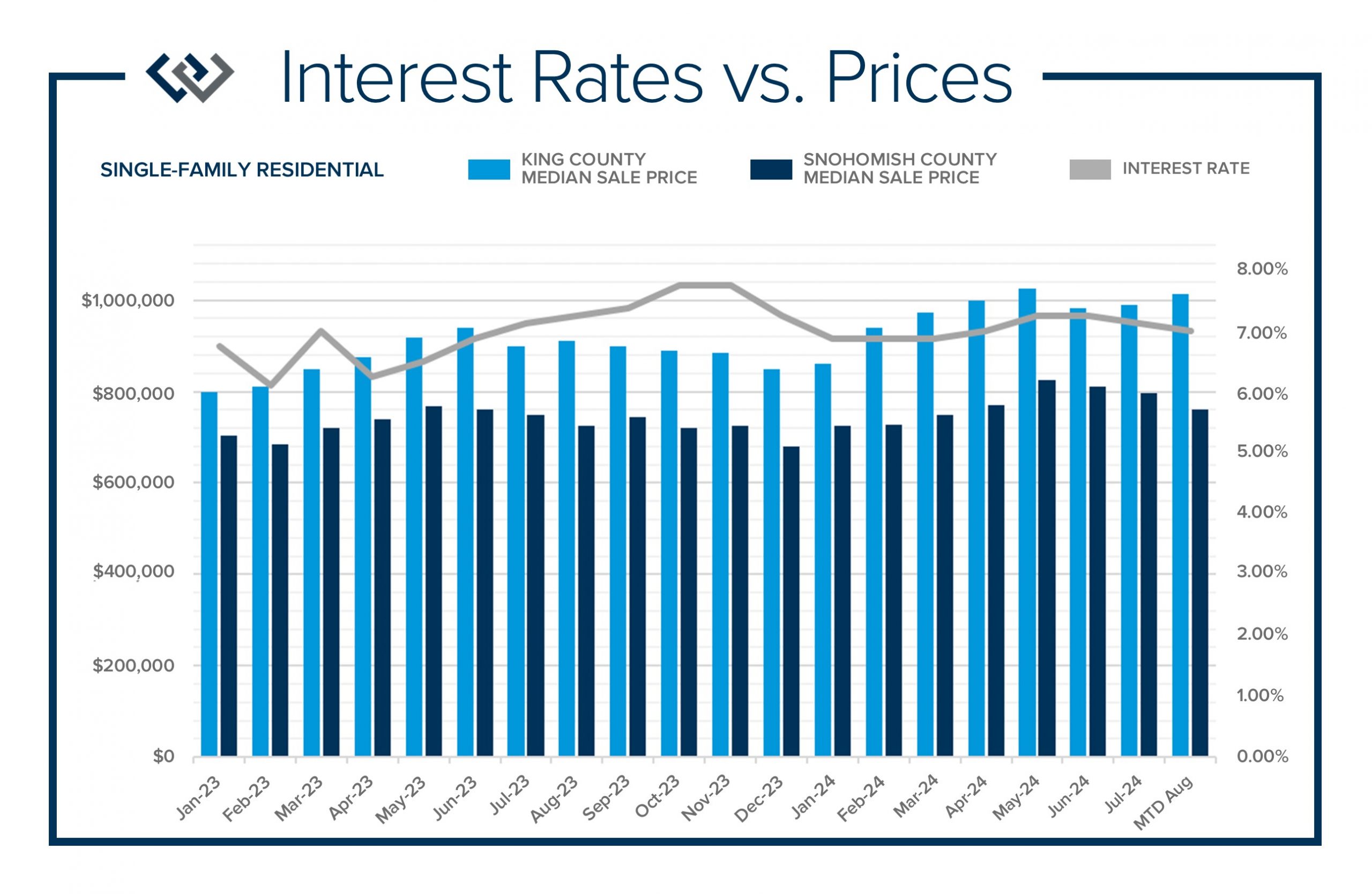
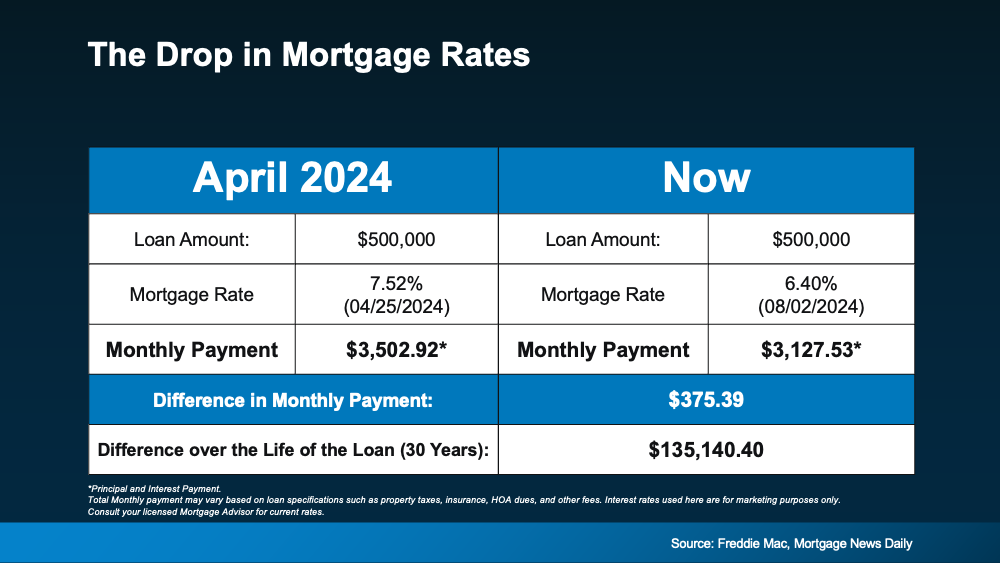



 Since we are neighbors, I thought it would be fun for you to know a little bit more about me personally! Our family moved to Hummingbird Hills (on Viewmoor Place, specifically) in the spring of 2006. We moved from Ballard to be closer to family and new friends with children that were the same age as ours. At the time, our daughter Anna was 4
Since we are neighbors, I thought it would be fun for you to know a little bit more about me personally! Our family moved to Hummingbird Hills (on Viewmoor Place, specifically) in the spring of 2006. We moved from Ballard to be closer to family and new friends with children that were the same age as ours. At the time, our daughter Anna was 4